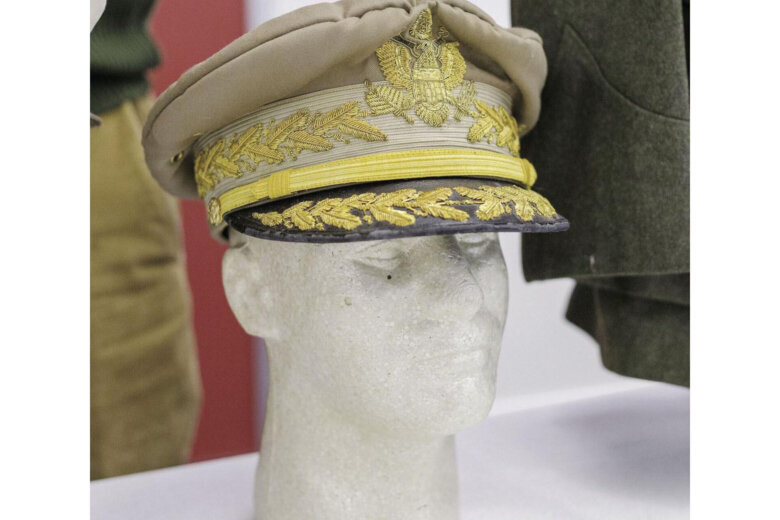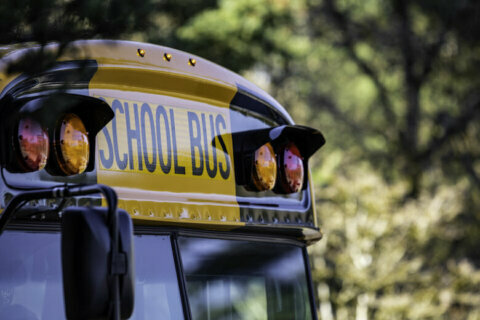This article was republished with permission from WTOP’s news partner InsideNoVa.com. Sign up for InsideNoVa.com’s free email subscription today.
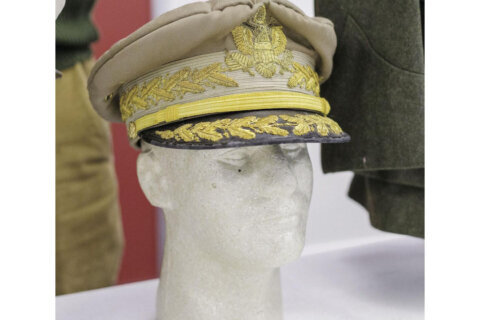
This article was written by WTOP’s news partner InsideNoVa.com and republished with permission. Sign up for InsideNoVa.com’s free email subscription today.
If you’ve been pondering how best to preserve or display your grandfather’s U.S. Army uniform or military artifacts, or are wondering whether to proudly display them, the National Museum of the Marine Corps in Triangle offered plenty of advice in the first of an ongoing series of community outreach talks named Operation CARE.
According to Owen Conner, curator of uniforms and heraldry for the Marine Corps Museum, said one of the first considerations is intent: Are you protecting this for investment, or is it something you’re proud of and want to display?
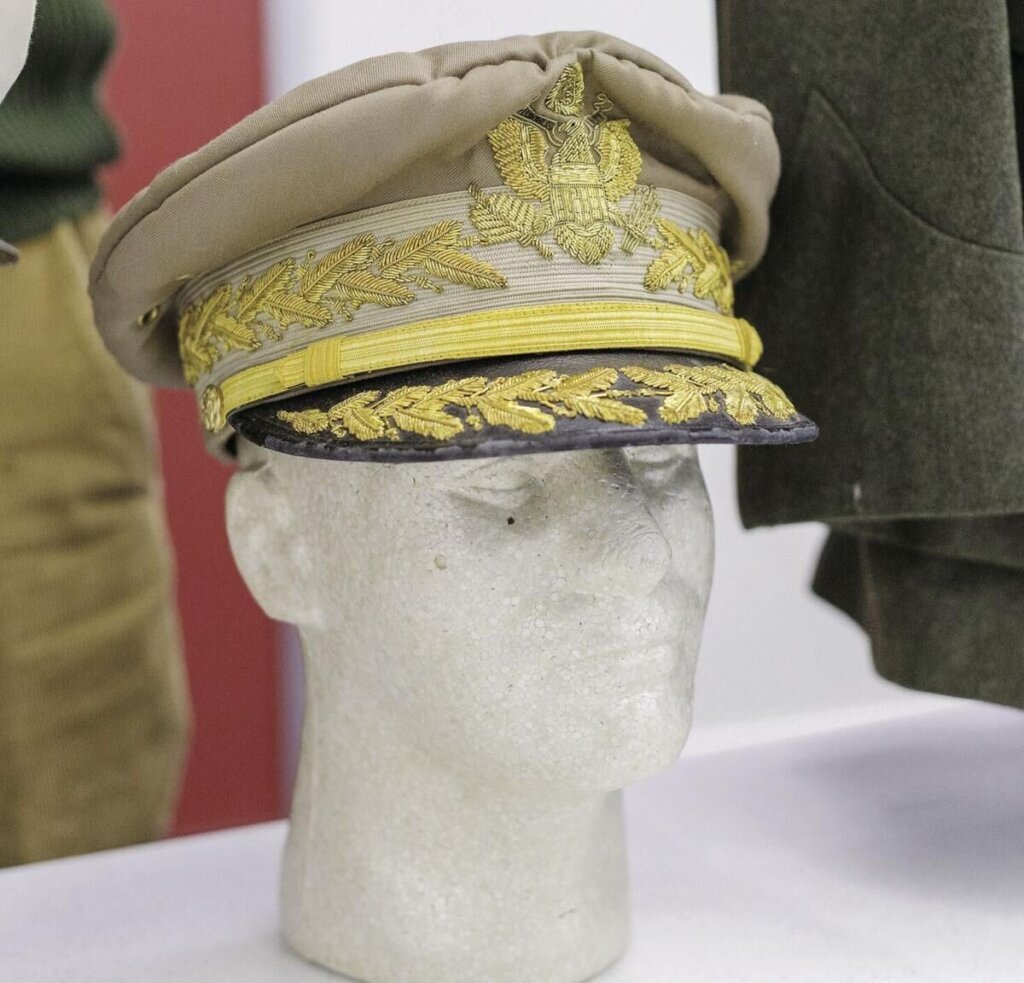
History and Provenance
Conner said that a dress uniform, flight helmet or letter from the front is a mere artifact. The real value is in the background story, with an individual’s details to accompany it. He suggested creating notecards detailing the historic facts and keeping them with the artifact.
“Keeping it in a database is fine, but what happens if you die and your computer dies?” Conner posits, adding that as you grow older and your collection grows, you may forget some small details.
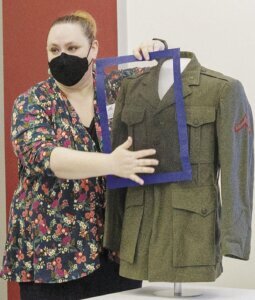
“You may wonder, years from now, ‘Where did I get that from? Is that my grandfather’s, or did I buy that at a flea market?’”
Whether it’s part of the family’s history, or purchased, Conner said documenting who it belonged to, where it was obtained, the cost and whether it’s a reproduction or original makes the difference between a museum-quality collection and an antique mall artifact.
“Every artifact has provenance. You have to determine its historical value, and that’s what curators do daily,” Conner said. “Whether you’re a professional curator, or the curator of your family’s history, you have to make those determinations. It’s a big debate – even within our own collections – what determines the value of the story?”
Sadly, when it comes to preservation, inertia is not on your side. Decay is already underway, and your careful efforts merely forestall the inevitable. But there are some things you can do to slow the process to conserve those cherished memories, and much of that involves keeping materials away from plastics and compounds that can interact with fabrics:
DO
- Remove uniforms from dry-cleaner bags
- Keep textiles and artwork out of direct sunlight
- Take photos before you pack and store anything
- Pack heirlooms as if nobody will see them for 10 years
- Pad hangers and boxes with inert materials
- Use unbleached muslin or white sheets to cover stored textiles
- Lightly pad the uniform to help fibers maintain proper shape
DON’T
- Store heirlooms in attics, garages or sheds or under your bed
- Display uniforms, leather or artwork in direct light or sunlight
- Try any intense or reconstructive measures without help from a conservator
- Use newspaper for packing material
- Use double-sided tape, Velcro or glue
- Hang textiles on thin, plastic or wooden hangers
- Create an environment that could harbor or encourage moisture or bugs
Carrie Bowers, a collections manager at the Marine Corps Museum, said to box a uniform, fold it as few times as possible, and use loose bundles of acid-free paper in the sleeves, shoulders and collar to help maintain its original shape. Work with layers of textile, paper, textile, paper. You don’t know what soil or residue is on one piece that might transfer to another.
Bowers demonstrated to the class how a piece of window screen, bought at a craft store and edged with tape, can help clean a uniform. Place the screen on top of the fabric, and then use a vacuum cleaner to lift dust and dirt without snagging the fabric.
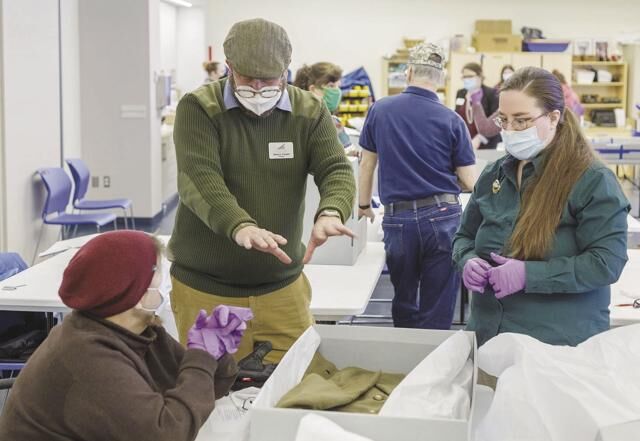
Don Hogge and his son drove from Aberdeen, Md., to attend the session. They are avid collectors of militaria, and he said he’s already looking forward to the next session.
“I’ve already learned I’m not hanging my uniforms properly. I have some uniforms on a hanger in my basement; I’ll probably move them to a closet upstairs, and get rid of the hangers I’m using,” Hogge said. “I like the technique they showed us, to pad out the hanger with a pool noodle so the uniform maintains a better shape. Just that bit of information was worth the trip.”
Conner suggested that someone should be designated the “family curator” instead of piecing out uniforms and memorabilia to different households, which makes documentation easier to maintain. If it becomes contentious, Conner said that may be a perfect time to donate something cherished, such as a Medal of Honor, to a museum, which can properly care for it, but still have it available for viewing by appointment by the family members.
“You’ve got to save this stuff, and make it relatable for other people,” he said.

